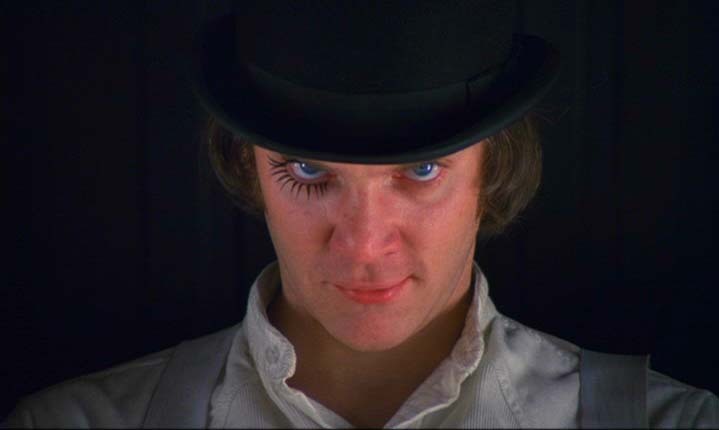
“Opening Scenes of films must be gripping and should hook the audience’s attention right away”.
This mantra has been advocated by successful screenwriters and film experts alike for quite a long time. And it’s entirely true. Try remembering the very first scene of your favourite films and you will notice how brilliantly most of them managed to grab your attention in a span of a few minutes.
Take The Dark Knight’s opening robbery scene for example. It not only has a well-orchestrated and exhilarating set piece but also succeeds in introducing the character of the Joker, its main antagonist. But what about the opening shot of a film – the very first image you see of the world you are going to experience? Be it only a few seconds or a handful of minutes, opening shots formulate the first impression of the film and its universe in the viewer’s mind.
So how can a filmmaker involve the audience into the story with only a handful of frames? Well, a great opening shot obviously cannot lay out the entire story infront of you. What it can do is infuse the themes, the style chosen and the tone of the film seamlessly, generating enough intrigue in the audience’s heads to keep them glued to their seats.
Introducing someone to a completely new world is a challenging task. A great opening shot is one which accomplishes this task and creates a lasting impression, a kind of feeling unique to only that film. Sometimes the opening shots seem to have no connection to the film. But upon repeated viewings you realize how thought-provoking it was and how cleverly it created a sense of mystery forcing you to scrutinize the entire film.
It’s not necessary that a good film will have a compelling opening shot or a bad film will have a monotonous opening shot. It just depends on the discretion of the filmmaker. So with this we advance onto the 30 films which are listed in order of their quality (Please note there are a FEW SPOILERS ahead for a few films).
30. The Matrix (1999)
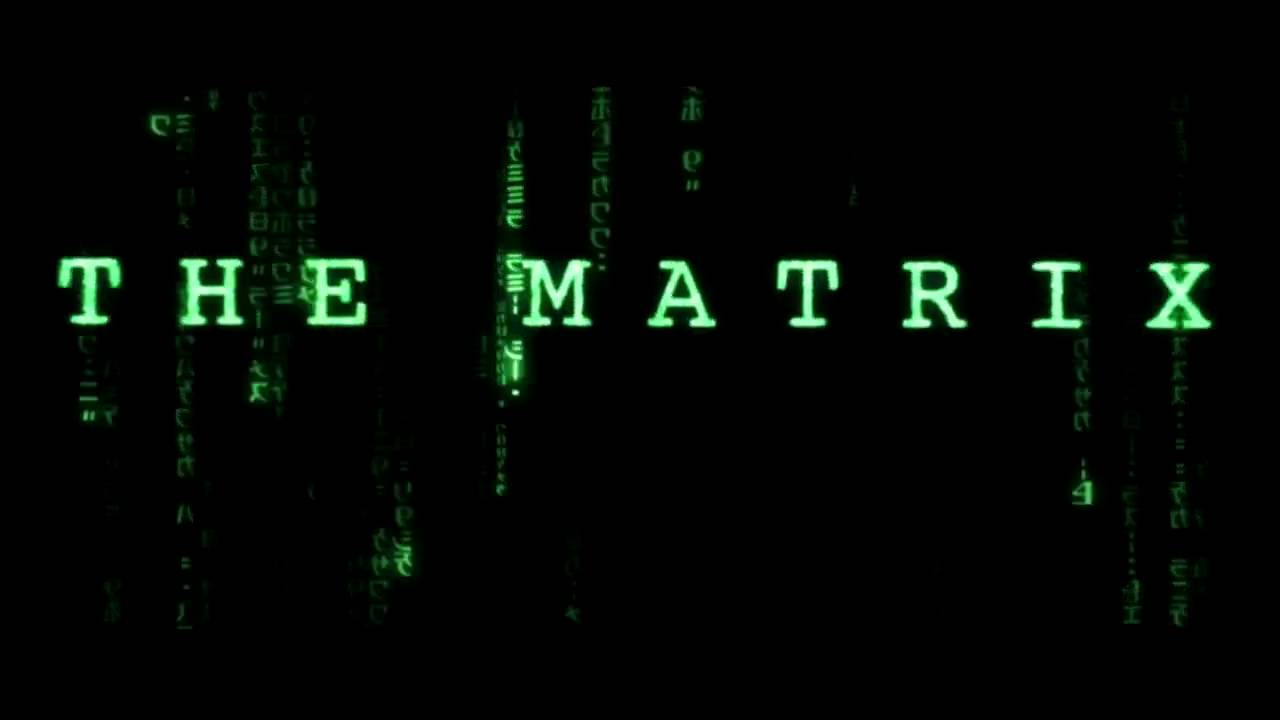
As the film opens, a call is being traced. We hear the people talking on the call – a man and woman. They talk about going in to meet a mysterious person. On the surface, the people tracing the call, later revealed to be the dreaded agents, find out the location of Neo, the mysterious guy and this event starts off the chain of events.
On the screen we see a computer screen with some numbers appearing on them in green colour. At this moment the call is being traced. The camera zooms onto a green coloured six and goes into the screen through green coloured complex distorted animations. It feels like it is moving through the network of computers to search for the point of origin of the call.
This also introduces us to the world of the Matrix as it literally takes us through the computer screen in a world that has been designed to force humans to submit to the might of the machines without the former having any knowledge about it. The world of the Matrix has a greenish tinge to it, giving it a unique look. Since the code of programming languages were green, hence the extensive use of the colour in all the scenes inside the Matrix.
29. Little Miss Sunshine (2006)
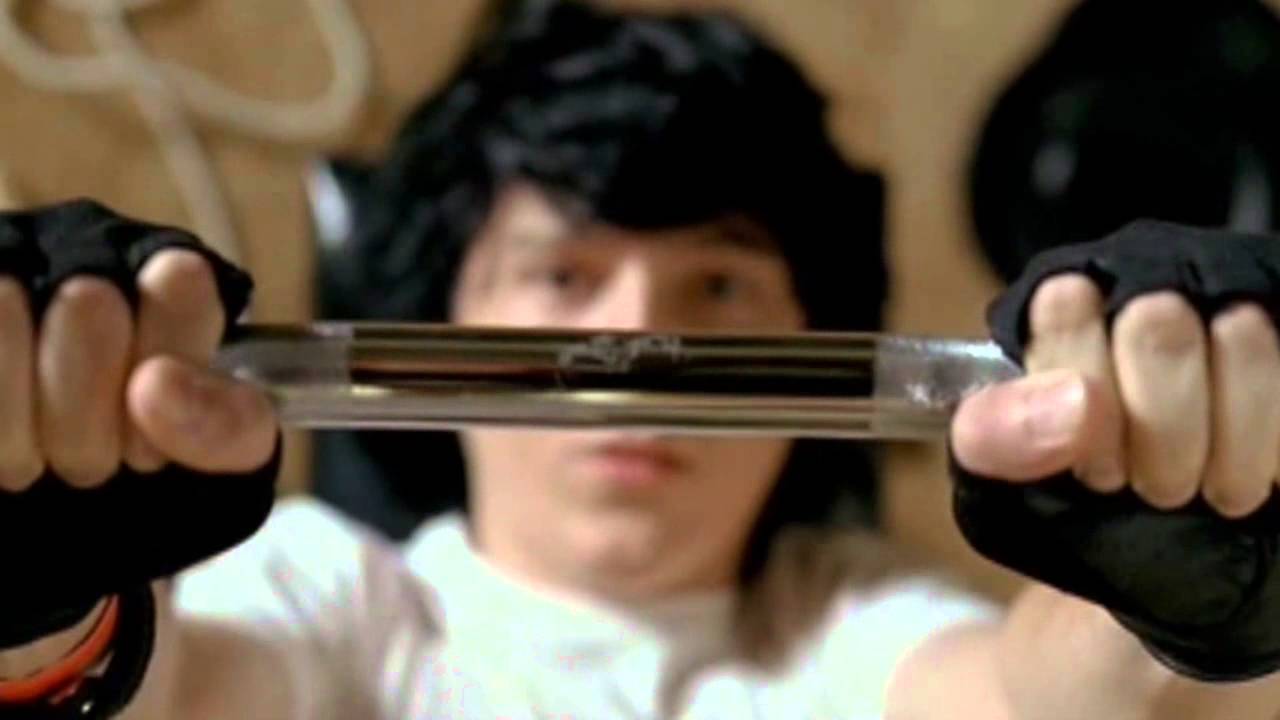
Each and every member of the family gets a small introductory scene in the beginning of the film that conveys something about the personality or their daily routine. Dwayne, the elder brother, is seen doing exercises in his room. Edwin Hoover, the eldest member is seen taking drugs and the father Richard Hoover is seen giving a motivational speech and so on. But the most important introduction is that of the youngest member of the family, a six-year old Olive that appears in the opening shot.
It begins with the extreme close-up of Olive’s eyes wearing glasses. These glasses show the reflection of the TV screen which is playing a popular beauty pageant. You can see the awe and wonder in Olive’s eyes right from the start. This makes us understand that this is something she aspires to be – being rewarded for how beautiful she is just like the woman shown on TV. It’s this motivation of hers that brings her family together, inspite of their differences and grudges, to achieve one small goal – getting Olive to the local beauty pageant for which she has been selected.
Then there is the ridiculousness of such contests that the film critiques brilliantly through humour. Even though it is something Olive romanticizes about, by the end the film comments on how children are being viewed as objects for being judged. Through her dance-form which resembles a striptease that makes everyone uncomfortable, Olive, unknowingly, makes fun of the judges and the parents who were previously enjoying children, with loads of makeup, performing to please them.
28. The Prestige (2006)
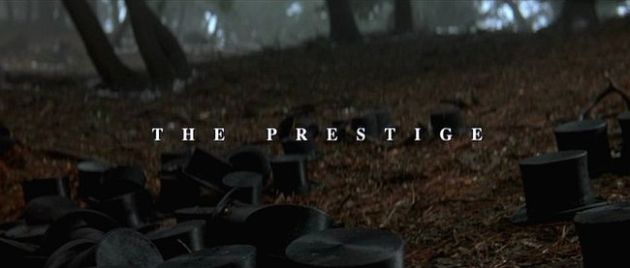
One of the main themes explored in the film is that of duality. A magician has to put up a show in front of the audience who are unaware of the tricks they employ. This two-sided nature of magicians is what forms the crux of the film. Like the Chinaman who pretends to be cripple all his life just to make his magic tricks a success. So does Borden. He seemingly has two personalities primarily distinguished by the women he loves. As he says that a part of him loved Sarah, his wife but other part of him loved Olivia, his assistant.
Confusing as it may sound, it is debunked when we come to realize the twist – Mr Fallon is actually Borden’s twin brother under disguise. And this is how he carried out the trick of ‘The Transported Man’ while his hand injury convinced people that he was not using a double. Borden and his brother pretended to be the same person for years. They carried out this act to make their trick believeable and its secret hidden.
It is this trick of his that his rival Angier is obsessed with. This obsession leads him to the machine built by the eminent scientist Nikolai Tesla that could duplicate any item. What was initially called as a trick or an illusion will now happen for real as Angier remarks. That’s the magic of science. So the innumerable number of black-coloured hats shown in the opening shot of the film depicts not only the power of the machine but also the dual nature of the entire film.
27. Jaws (1975)
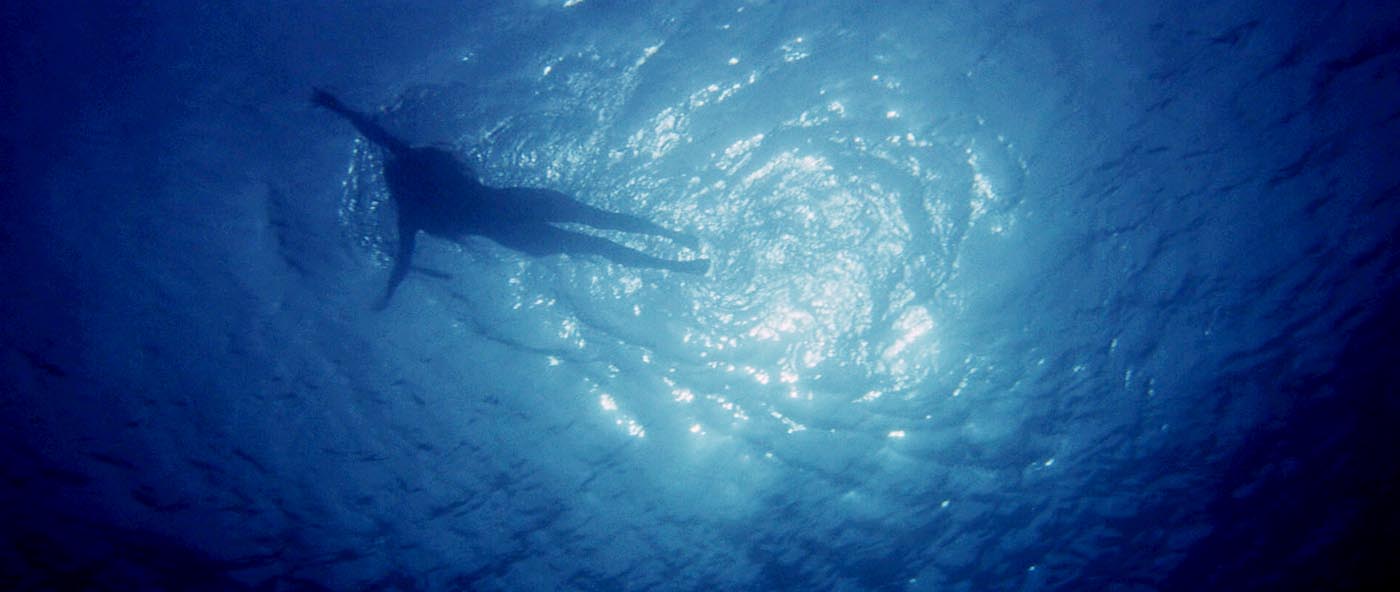
The film opens with a point-of-view shot of the great white shark underneath the surface of water. The camera moves through the deepest parts of the ocean, through the underwater plants and past the small and powerless fishes. Then the shark ascends slowly towards the surface of the water. All this while the iconic terrifying score by John Williams plays out which increases our anxiety. Such is the power of his score that in its absence the entire film would have been a bit underwhelming.
This opening already creates a whole lot of tension in the audience’s mind. Spielberg holds us by neck in this opening shot and also during the entire time of the film. Although there is nothing much significant going on in this shot, it’s only purpose is to inject in the audience the fear of this deadly creature. And boy does it accomplish this task. Unlike most films on this list which have some kind of subtext, some themes maybe or even foreshadowing in their opening shots, Jaws rejects any of these and uses brilliant camerawork and score to elicit the feeling of dread.
26. Forrest Gump (1994)
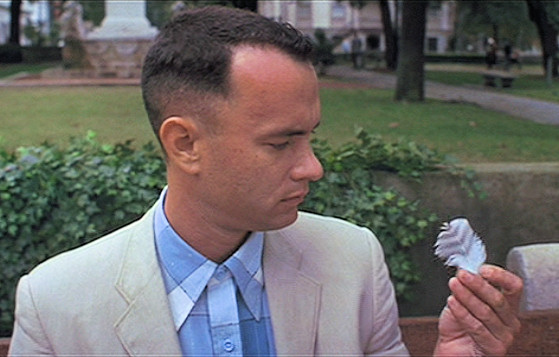
A small and white coloured feather pops up onto the screen as the film opens to the skies of Savannah, Georgia. Its lightness can be felt as it sways here and there due to the breeze, falling down slowly and steadily. Alan Silvestri’s heart-warming music sets in and the camera follows this fragile feather, down to the streets onto the shoulders of a passer-by. It moves from there getting blown here and there by the traffic on the streets. Finally it swirls and lands near Forrest’s feet. He picks it up, opens his suitcase and places it inside a story book.
This short but adventurous journey of this feather is very similar to the life of Forrest himself, from his childhood up until now which we get to know as he narrates his story to any passer-by.
Just like the feather’s path is controlled by winds, cars and people, Forrest also lives through his life, being the cause of some significant things in the American pop culture, participating in important events and becoming a national celebrity for his victories in ping-pong competitions in China and his booming shrimp business. Forrest is oblivious to all of this, very much like the feather, and only wants to be close to his loved ones like his mother and sweetheart Jenny.
In a way the feather becomes a part of him. The carefree nature of a feather is reflected in a naïve Forrest which makes him extremely likeable. The combination of these elements not only makes the opening shot but also the entire film a beautiful experience.
25. American Psycho (2000)
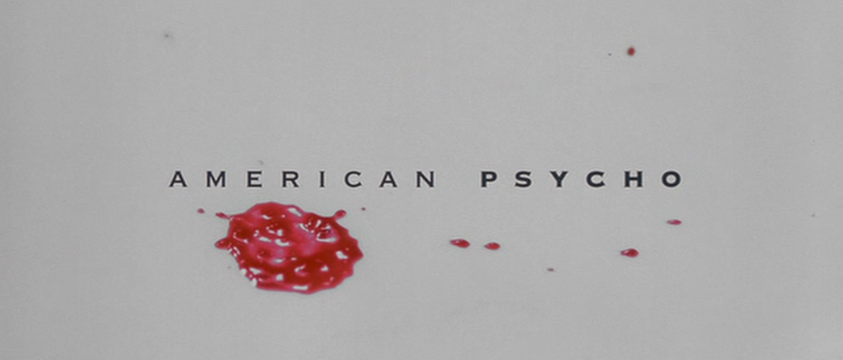
The film opens with a white coloured background and stays like that for some seconds. A drop of red-coloured liquid falls and at the same time a common horror-esque musical tone is heard. More drops fall and the first thing that comes to mind is that this liquid is blood.
To confirm our doubt, in the next shot we see a knife cutting a piece of meat. Then we see a lots of the same liquid being poured. And as we expect to find a bloodied corpse or something, we see that in actuality an exotic dish is being prepared.
The red liquid, presumed to be blood, is actually sauce. Mary Harron uses this misdirection to suggest that even the food being prepared in posh restaurants for Patrick Bateman is done violently.
Our protagonist, Patrick Bateman aims to fit into the Yuppie Culture of Wall Street in the 80’s. He memorizes descriptions and reviews of songs popular during those times. He attempts to get reservations at renowed restaurants like Dorsia because it’s a sign of prestige and because his rivals like Paul Allen can do the said task and not him. He does these so that, as mentioned before, he can ‘fit in’. All this pretense fills him up with loads of frustration inside him.
And how does he deal with it? He resorts to brutal violence. He kills Paul Allen with an axe. Why? Because the latter had reservations at Dorsia and even had a better business card than him. He kills the women he invites and even uses a chainsaw to kill one of them. Why? Because that’s his outlook towards them. He considers them objects of pleasure and something to vent out his stored-up frustrations. He kills many more. This horrifying nature of his violent crimes is introduced cleverly in the opening shot.
24. For A Few Dollars More (1965)
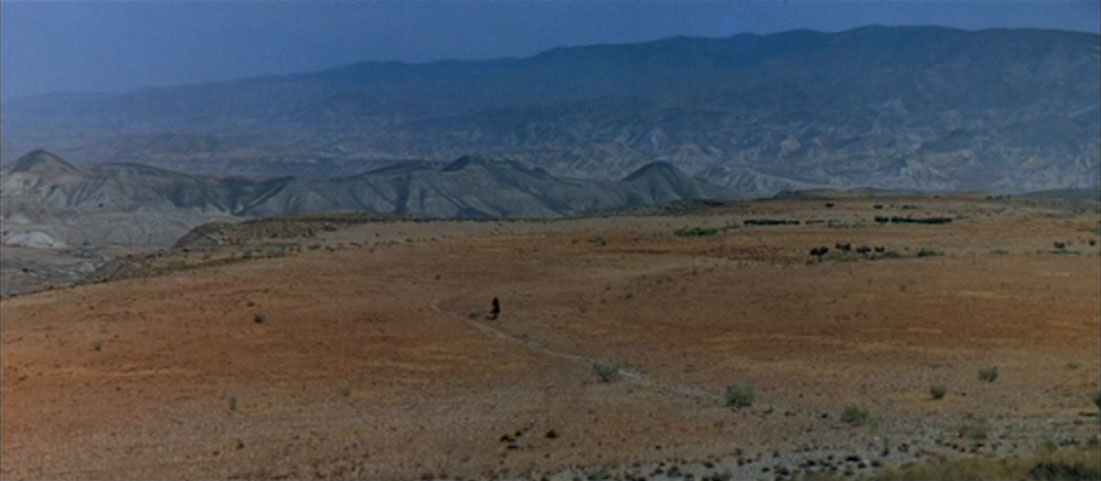
Sergio Leone’s trademark extreme wide shots is used effectively in this film’s opening. We hear a man whistling as we see an extremely wide and high angle shot of an unknown man riding on his horse on the barren lands of the Old West. Immediately we realize that this shot is the point-of-view of the whistling man who then cocks a gun.
Bear in mind, that we never actually see the whistling man’s face. We only hear the cocking of the gun and his whistling. Then he shoots the man on the horse, killing him. The man falls off the horse, more gunshots are heard and the horse starts running sideways as Ennio Morricone’s music sets in.
The wide shot and high angle call attention to the insignificance of the man on the horse. It is the whistling man or the bounty hunter that has all the power in this shot. And his whistling is proof of the casual way in which he carries out this task of murder. This entire shot may not have any importance to the plot but it sets up the bounty-hunting practice prevalent during the Old West. It shows that ‘for a few dollars’ the bounty hunters are willing to take human lives.
23. The Tree Of Life (2011)
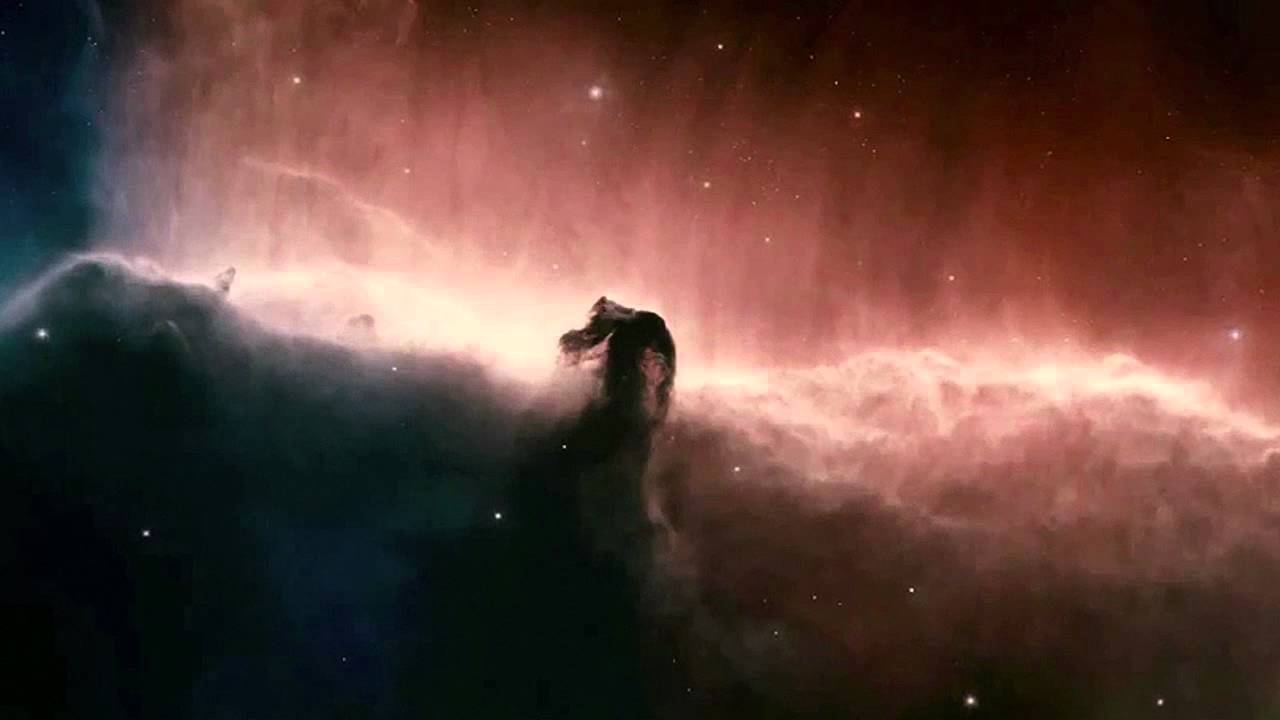
Birth. That’s what we see as Terrence Malick’s magnum opus starts. More specifically, the birth of the universe. As the film begins, we see strobes of lights at the centre of the frame with some classical music being played in the background. The way these lights move slowly looks very similar to the phenomenon of aurora borealis.
It’s a magical and beautiful shot. Since this is the very shot used start off the ‘birth of the universe’ sequence it is safe to assume that this is some kind of a starting point. To put simply – birth. The prominent theme in the film is the cycle of birth and death.
As Malick suggests, this cycle of life is in the Almighty’s hands. God chooses to give three lovely boys to the couple. But God also chooses to take one of them away. The latter makes the mother as well as the eldest child question the judgement of God at some point of time. We see the birth and the subsequent growth of both the universe as well as the children. Malick chooses to open the film with birth as that is something beautiful.
This beauty is shown with a shot of the father tenderly cupping his hands around the tiny feet of his first-born. On the other hand, death is something painful. Death is something people refuse to accept. Hence birth is chosen over death even though both are necessary parts of the cycle of life.
22. Gone Girl (2014)
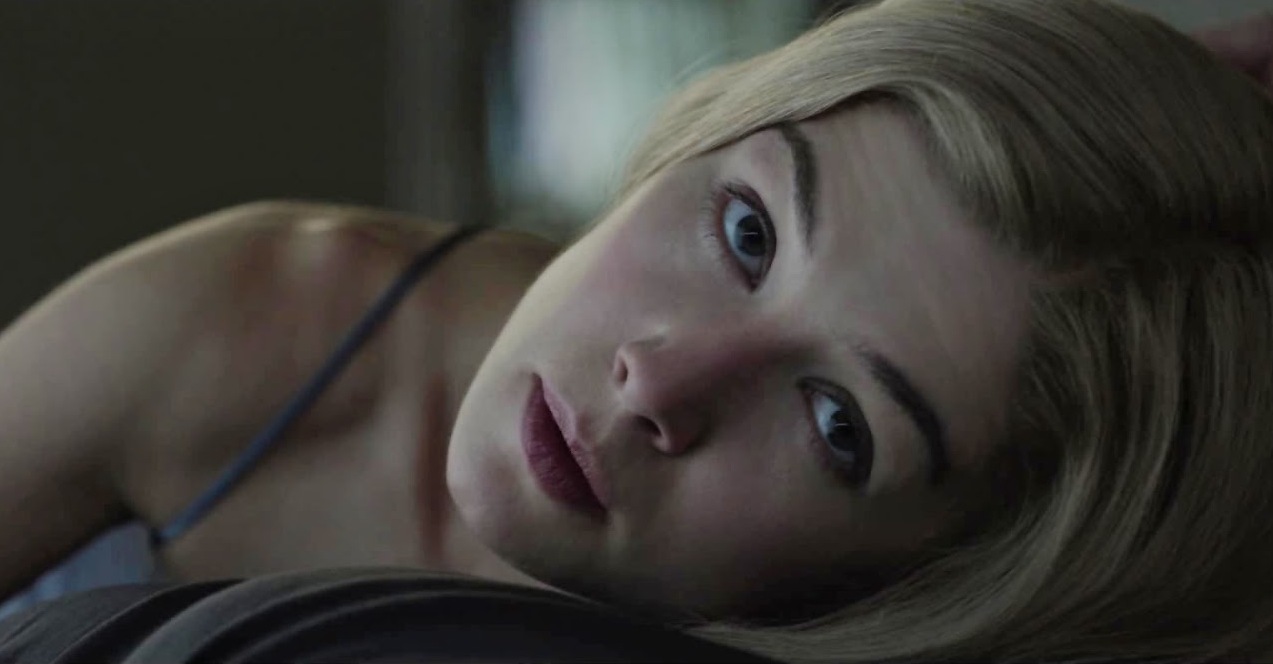
Gone Girl starts with a seemingly tender scene. Here we see the point of view shot of Nick looking at his wife Amy resting on his chest while he tenderly caresses her head. Then she lifts up her head to look at him.
While all this is happening, we hear Nick’s voiceover. He talks about trying to get answers from his wife by ‘cracking opening her skull and unspooling her brains’. He laments at what wrong have they done to each other. This effective juxtaposition of an intimate scene with a brutal and cold voice-over makes the viewer uncomfortable right from the beginning.
This is a story about failed marriage. Here are two people that are trying their best to put on a show that they are completely happy with each other. Yet they are still together even at the end, equally hating each other but bound in a tumultuous relationship because of the circumstances created by Amy forcing Nick to be trapped.
It is like she won the battle and effectively ‘saved’ their marriage. This is shown brilliantly in the closing shot which is exactly similar to the opening one. The only difference being that in the closing one when Amy lifts up her head she has a sly smile on her face, looking at a helpless Nick.
21. Gladiator (2000)
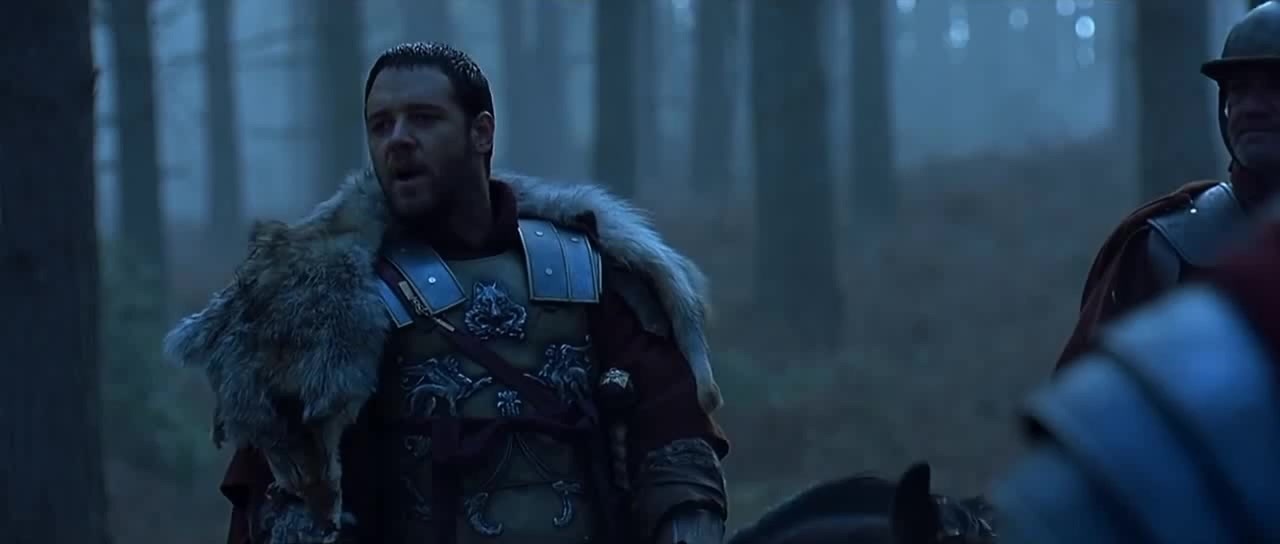
The film opens with an impressive set-piece of a battle sequence between the Romans and the Germanic tribes. General Maximus leads his Roman army and unleashes hell upon the battleground. The ambience of war is loud and violent with death all around. However before introducing us to this chaos, Ridley Scott chooses to present us with serene imagery.
The film opens with Maximus’s hands running through the wheat fields of his home. In the next shot he is at the battleground just before the start with his eyes closed. He opens them and observes a small bird fly off from a twig. These moments of peace give him joy while he awaits the brutal battle. But the wheat fields are something he thinks about when he thinks about his home, his lovely wife and his eight-year old boy. All he wants is to return to the comfortable confines of his home with his family close to him.
The way he happily describes his beautiful house, his fields and family to the Emperor proves this fact. Unfortunately, his home, his wife and child are taken away from him. The family he loved is brutally killed, his house destroyed and his fields burnt. So when he says to Commodus ‘And I will have my vengeance, in this life or the next’ we feel his anger and his drive to go down the path of revenge. In the end Commodus is killed by Maximus and the Roman Empire is made a Republic as Emperor Marcus Aurelius wished.
Even this positive conclusion has an underlying tragedy which prevails throughout the entire film. Maximus, the hero, suffered and in the end died avenging his family. But as the somber tone prevails, Maximus finally meets his family in the afterlife. The afterlife is a place where he finds complete solace and what better afterlife other than his home where he runs his hands through those wheat fields and embraces his dear family. Finally, he got what he had always wanted.